Spectrum Pendant lights
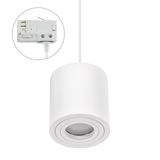
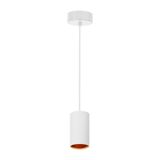
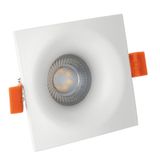
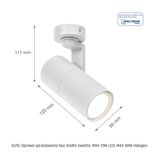
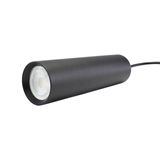


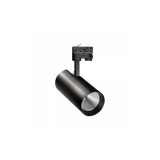
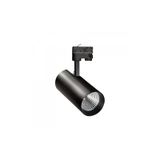
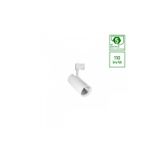
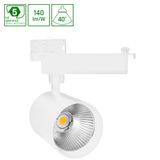
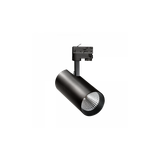
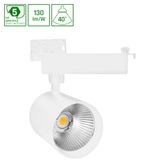
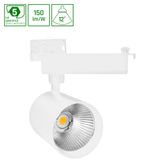

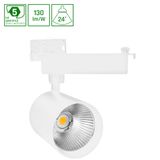
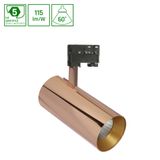

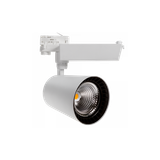
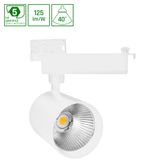
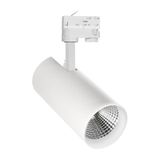
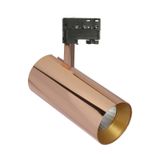
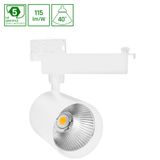
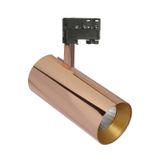
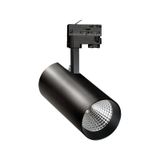
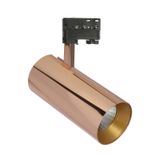
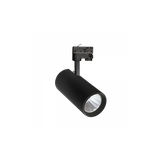

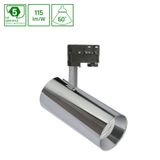

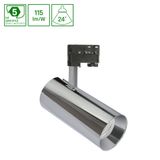
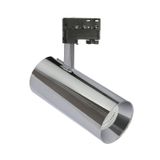
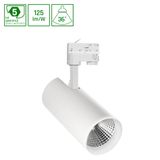

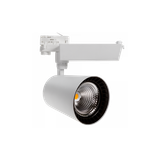




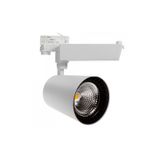
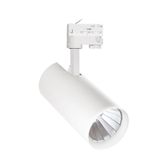
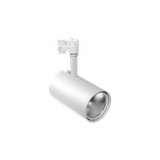

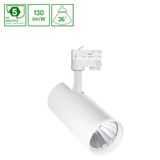

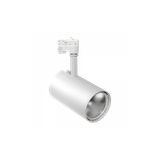
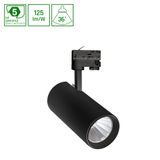



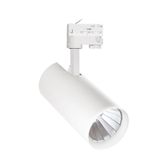

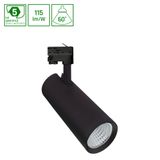
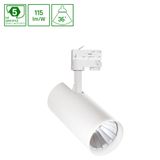

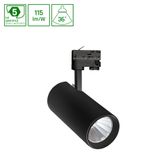

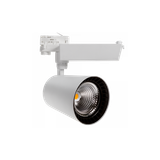

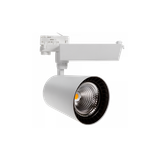
spectrum pendant luminaires families and form factors
The range splits into cylinders, shallow domes, flat discs, ring pendants, and linear bars for desk rows or counters. Diameters typically 120–600 mm on single-head bodies; linear runs 600/1200/1500 mm. Optic options cover narrow 15–25° accent cones, 30–60° task beams, and opal or micro-prismatic diffusers for low glare in offices. Standard finishes include white, black, aluminum, and bronze with color-stable powder coats; cable sets arrive in 1.5–3.0 m lengths with adjustable grippers and compact canopies sized 90–140 mm.
spectrum led pendant luminaires performance envelope
LED engines run 8–60 W per head with outputs from ~800 to ~6 000 lm depending on optic and size. CCT packs 2700/3000/3500/4000 K; CRI 80 for circulation and CRI 90 with R9 > 50 for retail and hospitality tables. Drivers are EN/IEC 61347 compliant, PF ≥ 0.90, THD ≤ 15% on pro lines. Dimming choices include DALI-2 DT6, 1–10 V, and phase-cut where required; tunable-white variants use DT8. Lifetime targets are typically L80 50–60k h at Ta 25 °C with LM-80/TM-21 source data. Surge protection 2 kV line-to-line is common on indoor gear; specify 4 kV when circuits share motors or lifts.
spectrum ceiling pendant fixtures construction and optics
Bodies use spun or deep-drawn steel, extruded aluminum, or high-temperature PC for diffusers. Ring and disc families employ edge-lit light guides to avoid hot spots; linear bars use batwing films for wide desk uniformity. Micro-prismatic faces deliver UGR ≤ 19 in standard grid layouts; opal faces target comfortable ambient levels in lounges. For accent cylinders, field-changeable lenses and honeycomb baffles keep cut-off tight and reduce near-field sparkle on glossy surfaces. Ingress ratings sit at IP20 for interiors; IP40/IP44 options exist for canopies near kitchen prep or wash-down adjacency.
spectrum decorative pendant lamps materials palette
Statement pieces pair tinted or opal glass, ribbed acrylic sleeves, mesh drums, or fabric shades with coated inner liners to preserve CCT. Shade diameters and suspension geometries are coordinated with matching ceiling roses, spacer rings, and strain relief from the same accessory catalog. Where maintenance access is limited, quick-twist trays or bayonet latches speed relamping or driver swap without touching the suspension.
Electrical and safety references that matter
- Luminaires per EN/IEC 60598-1 and 60598-2-1; photobiological safety EN 62471 RG0/RG1 on typical outputs.
- LED modules to EN 62031; EMC EN 55015/EN 61547; mains quality EN 61000-3-2/-3-3.
- Thermal: Tc points marked on the gear tray; typical operating window −10…+35 °C.
- Emergency: maintained options with 1–3 h packs and test buttons; declare canopy space on drawings.
Mounting and balance details
Single-point suspensions ship with 3-axis grippers; multi-point frames on rings and long bars keep tilt under control above busy counters. Cable exits are grommeted to protect paint and furniture finishes; weight and center-of-gravity data are listed so installers can pick anchors correctly in plasterboard or concrete.
Applications and pairing inside the catalog
Cylinders handle table accents and merchandise cones; discs and rings deliver broad ambient in lobby clusters; linears span conference tables with uniform 300–500 lx on the plane. When specs abbreviate these as spectrum hanging lights, confirm beam set, diffuser type, and suspension length on the room sheet so rows sit level over furniture. For residential-scale spaces described as spectrum indoor hanging lights, keep diameter under 400 mm and pick CRI 90 where food, fabrics, and wood finishes dominate. Designers leaning toward spectrum modern pendant lighting typically combine matte textures, micro-prismatic optics, and DALI-2 groups for scene control.
Controls and compatibility quick guide
DALI-2 DT6 is the default for scenes and daylight tracking; DT8 for tunable white in hospitality or offices. Phase-cut SKUs exist for small retrofits; specify trailing-edge to reduce acoustic buzz. Minimum dim levels of 1–3% are achievable on select drivers—note camera use if flicker metrics (PstLM ≤ 1.0, SVM ≤ 0.4) are required. For acoustic ceilings, use remote drivers on service trays and short LV leads to maintain EMC discipline.
Accessory ecosystem and service parts
Ceiling roses, offset plates, 360° braid clamps for shielded drops, and inline couplers are shared across families. Diffusers, lenses, and gasket sets are orderable by size; keep a 2–3% overage where site traffic is heavy late in the program. For multi-head bars, through-wire kits simplify continuous runs and keep dimming buses intact across sections.
Cross-references you might bundle
Linear strips for coves, track spots for flexible accents, and lampholders or connectors from the same brand complete the package without finish drift. Emergency inverters and test accessories fit inside large canopies; smaller heads route test points to a nearby service plate.
Compact specification checklist
- Diameter or length, body finish, suspension length.
- CCT and CRI target; optic (narrow/medium) or diffuser (opal/micro-prismatic).
- Driver type and dimming protocol; emergency requirement and pack location.
- IP/IK, surge level, operating temperature.
- Canopy diameter, ceiling type, and load data for anchors.